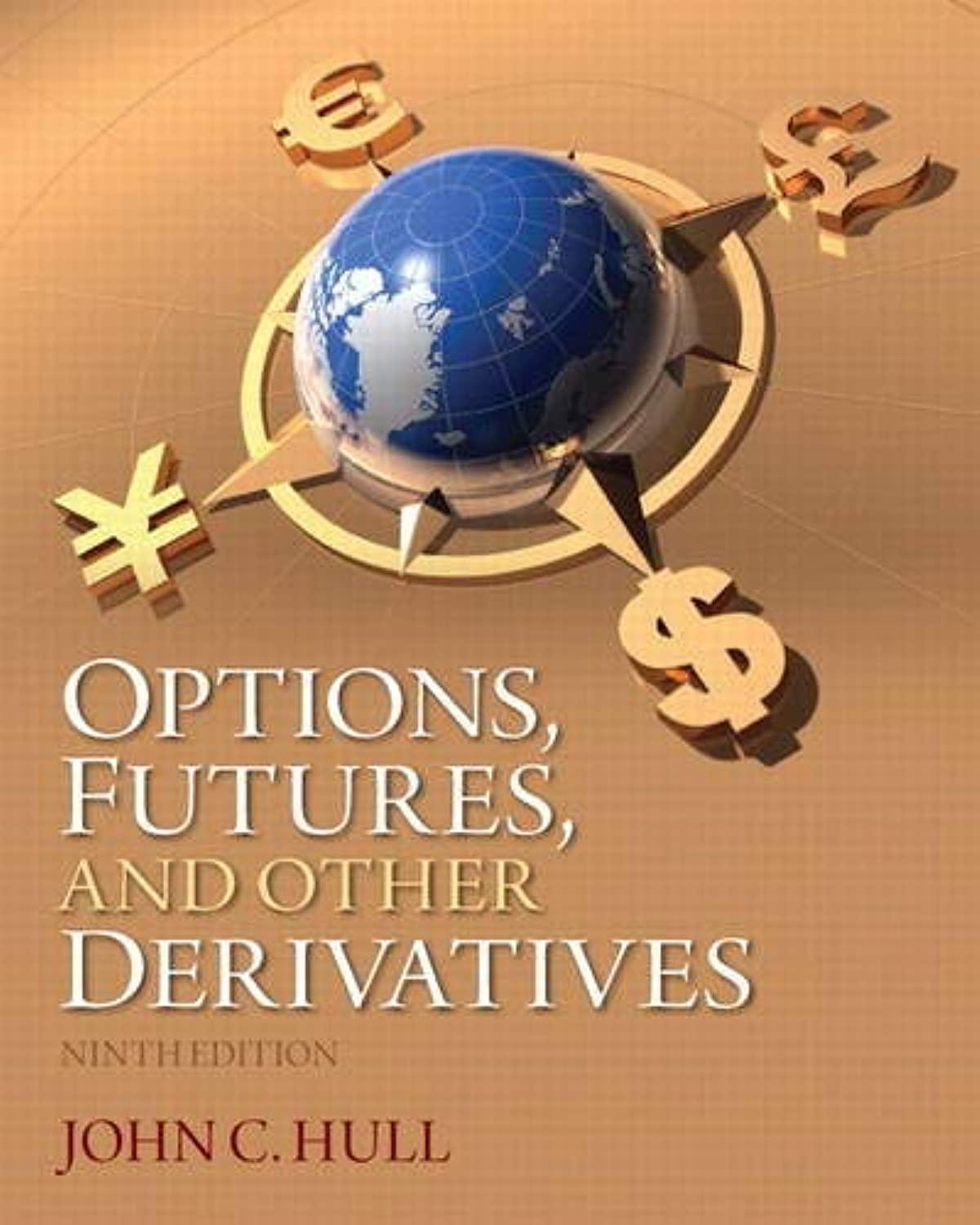Dollar-cost averaging is a systematic program of investing equal sums of money at regular intervals, regardless of the price of the investment. Investing by dollar-cost averaging means that you purchase number of shares when the share price is down. And you purchase number of shares when the price is up. Therefore, dollar-cost averaging allows you to purchase most of your investment shares at costs. Suppose that David is an investor using a dollar-cost averaging investment strategy. Each month David invests $900, regardless of the price of the investment at that particular time. The following table shows how a dollar-cost averaging strategy would affect David's investment in a fluctuating market, a declining market, and a rising market. For each market type, calculate the average share price and the average share cost based on the information given in the table. Note: Round your answers to the nearest penny. \begin{tabular}{llll} \multicolumn{3}{c}{ Declining Market } \\ \hline & Regular Investment & Share Price & Shares Acquir \\ Period 1: & $900 & $50 & 18 \\ Period 2: 900 & 45 & 20 \\ Period 3: 900 & 30 & 30 \\ Period 4: 900 & 25 & 36 \\ Period 5: & 900 & 20 & 45 \\ Totals: & $4,500 & $170 & 149 \\ & & Average share price: & $ \\ \hline \end{tabular} \begin{tabular}{llll} \multicolumn{3}{c}{ Rising Market } \\ \hline & Regular Investment & Share Price & Shares Acquir \\ Period 1: & $900 & $15 & 60 \\ Period 2: & 900 & 20 & 45 \\ Period 3: & 900 & 25 & 36 \\ Period 4: & 900 & 30 & 30 \\ Period 5: & 900 & 45 & 20 \\ Totals: & $4,500 & $135 & 191 \\ & & Average share price: & $ \\ \hline & Average share cost: & $ \\ \hline \end{tabular} Hints: - To calculate the average share price, simply divide the share price total by the number of investment periods (5). - To calculate the average share cost, simply dlvide the total amount invested by the total number of shares purchased. Round your answers to nearest doliar. Enter all values as positive. - In the fluctuating market, David purchased a total of shares. At the end of the last investment period, his investment is worth per share, which means that David's final account balance would be which means that he has received a of Round your answers to nearest dollar. Enter all values as positive. - In the declining market, David purchased a total of shares. At the end of the last investment period, his investment is worth per share, which means that David's final account balance would be which means that he has received a of you are using a dollar-cost averaging strategy, and if you sell your investment shares when the market is significantly down, you will not profit. This means that you should keep investing as long as the longer-term prospect suggests an eventual increase in price. Round your answers to nearest dollar. Enter all values as positive. - In the rising market, David purchased a total of shares. At the end of the last investment period, his investment is worth per share, which means that David's final account balance would be However, David has invested a total of $4,500, which means that he has received a You will generally proft from dollar-cost averaging in a rising market because you will buy fewer and fewer shares as the price continues to rise









